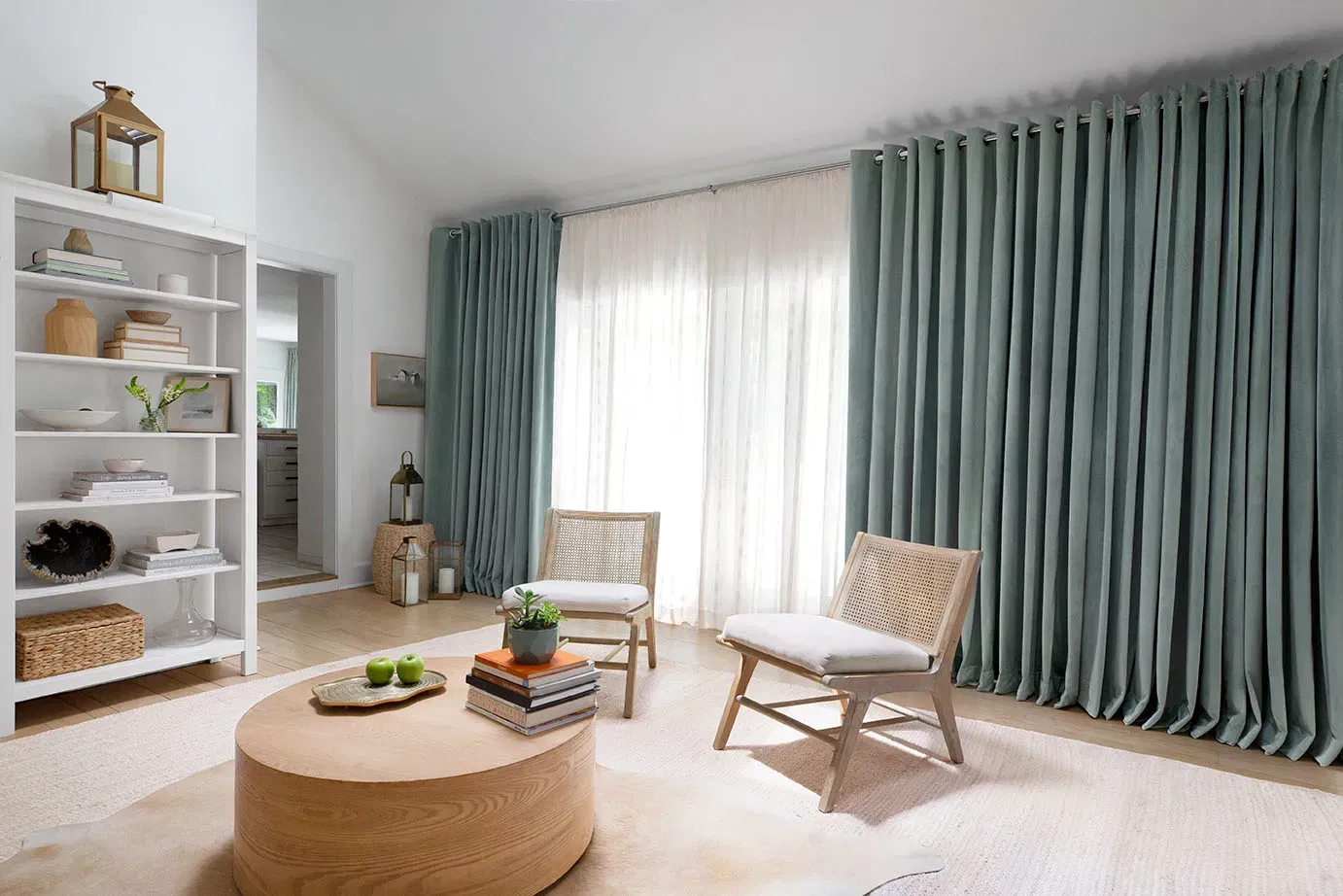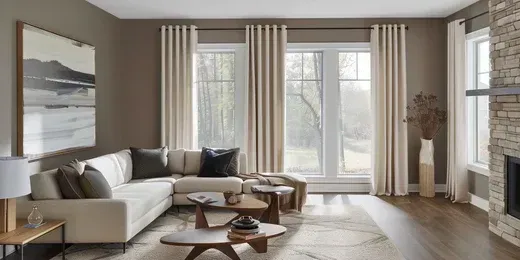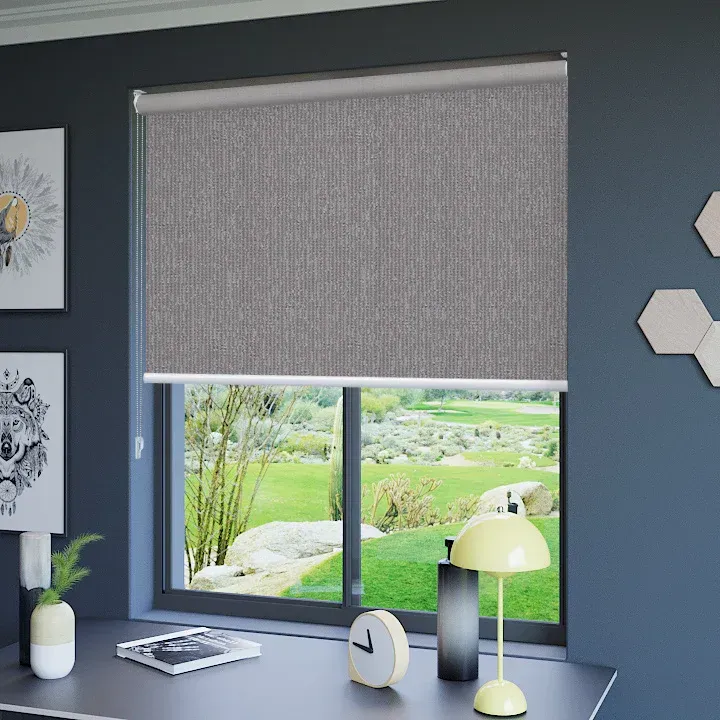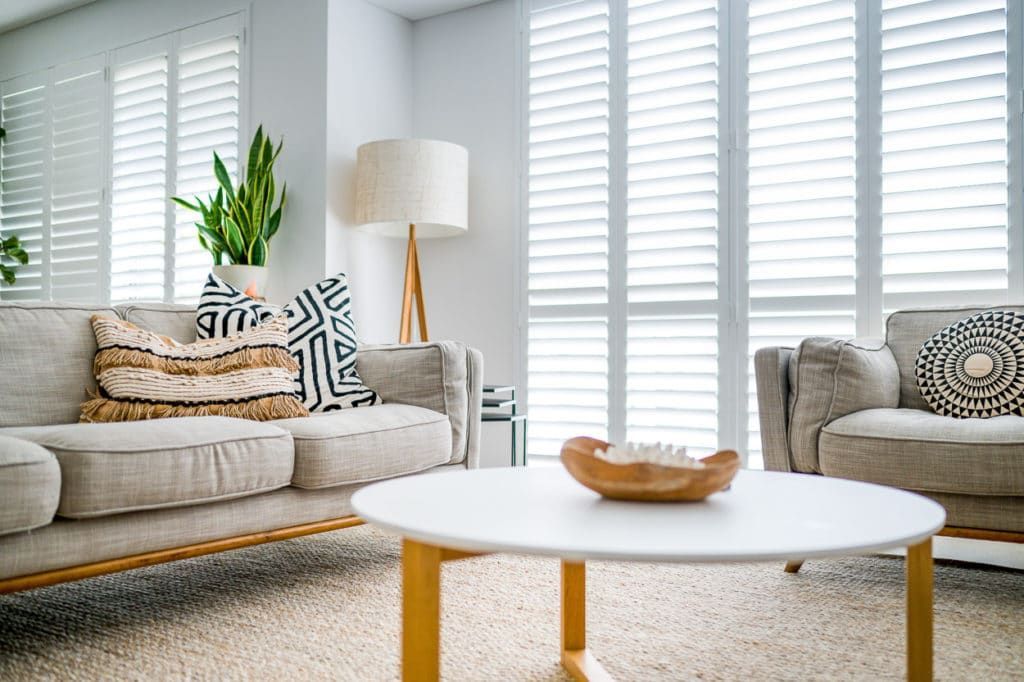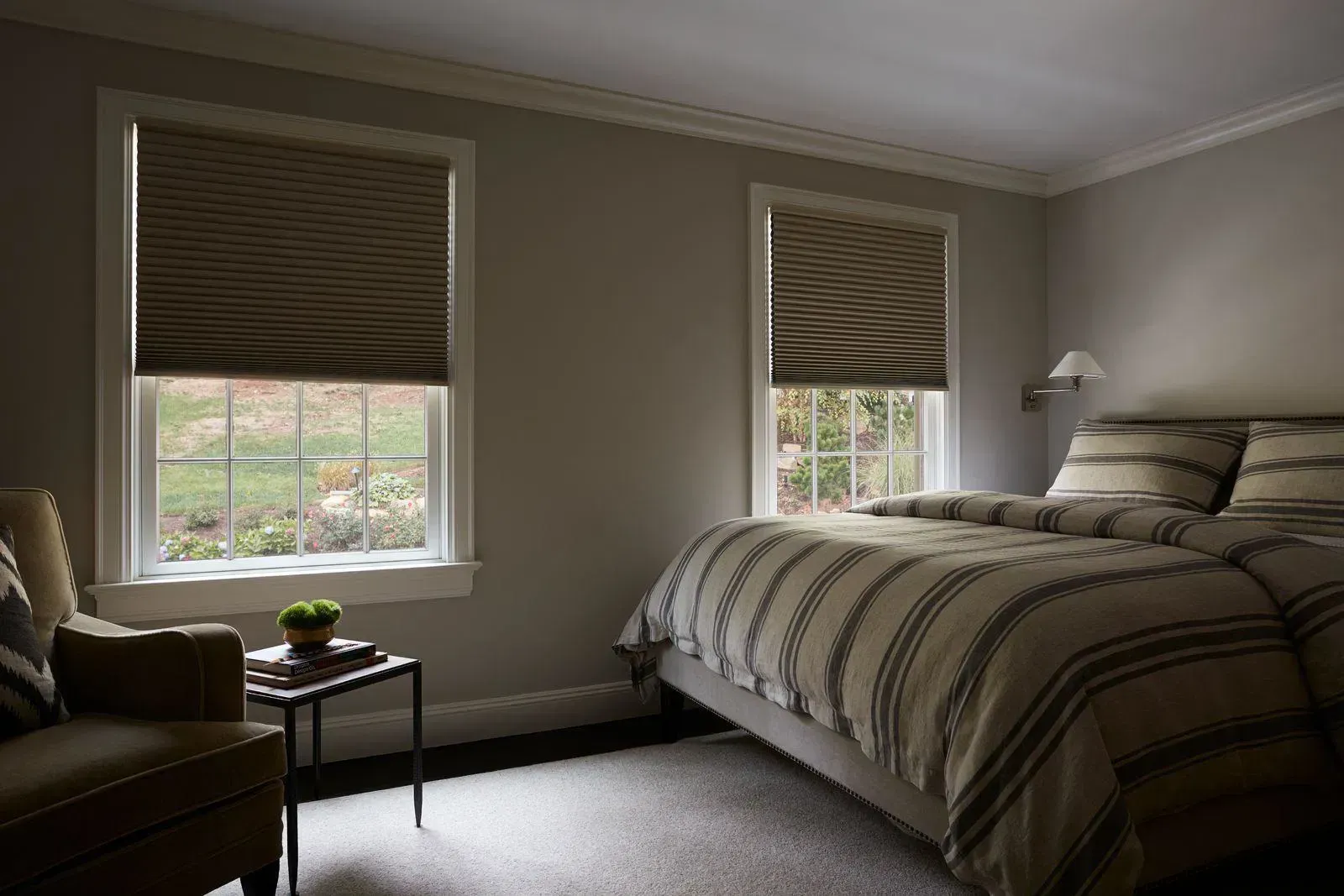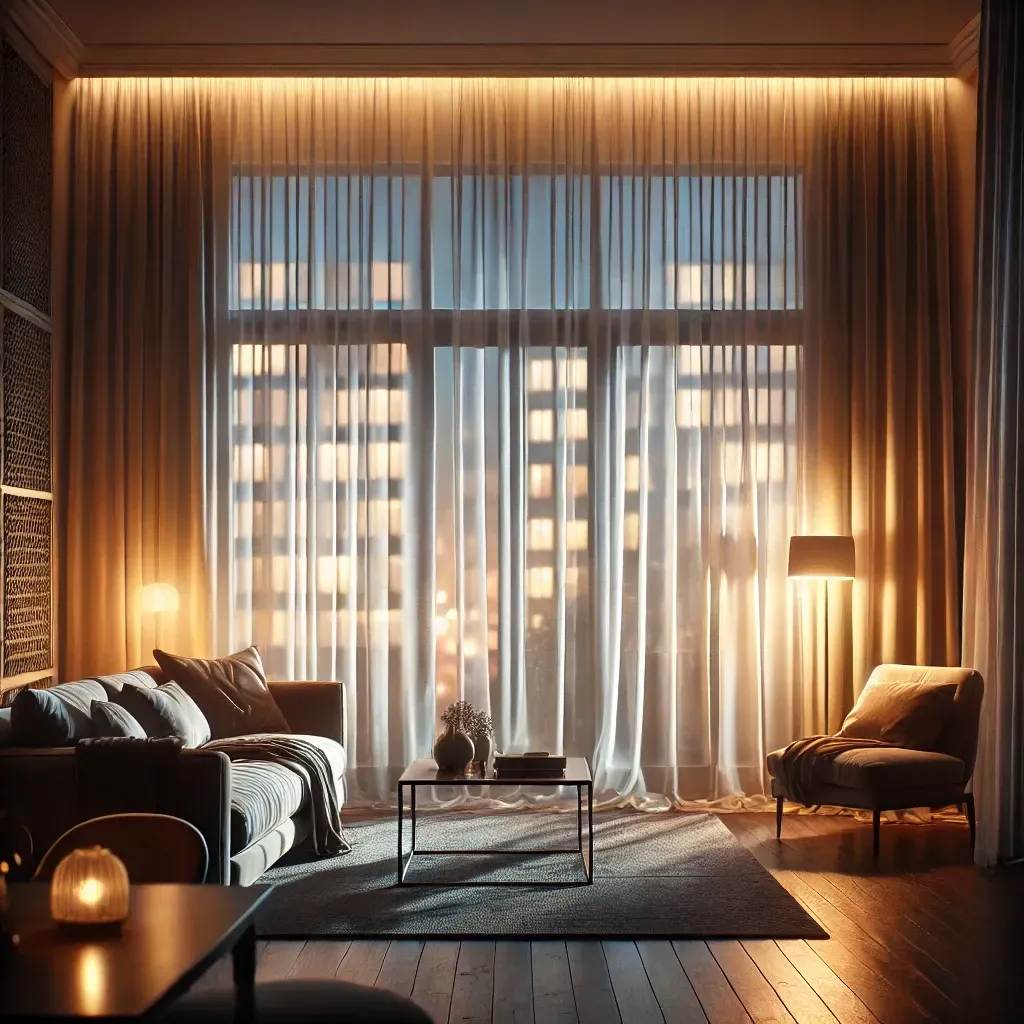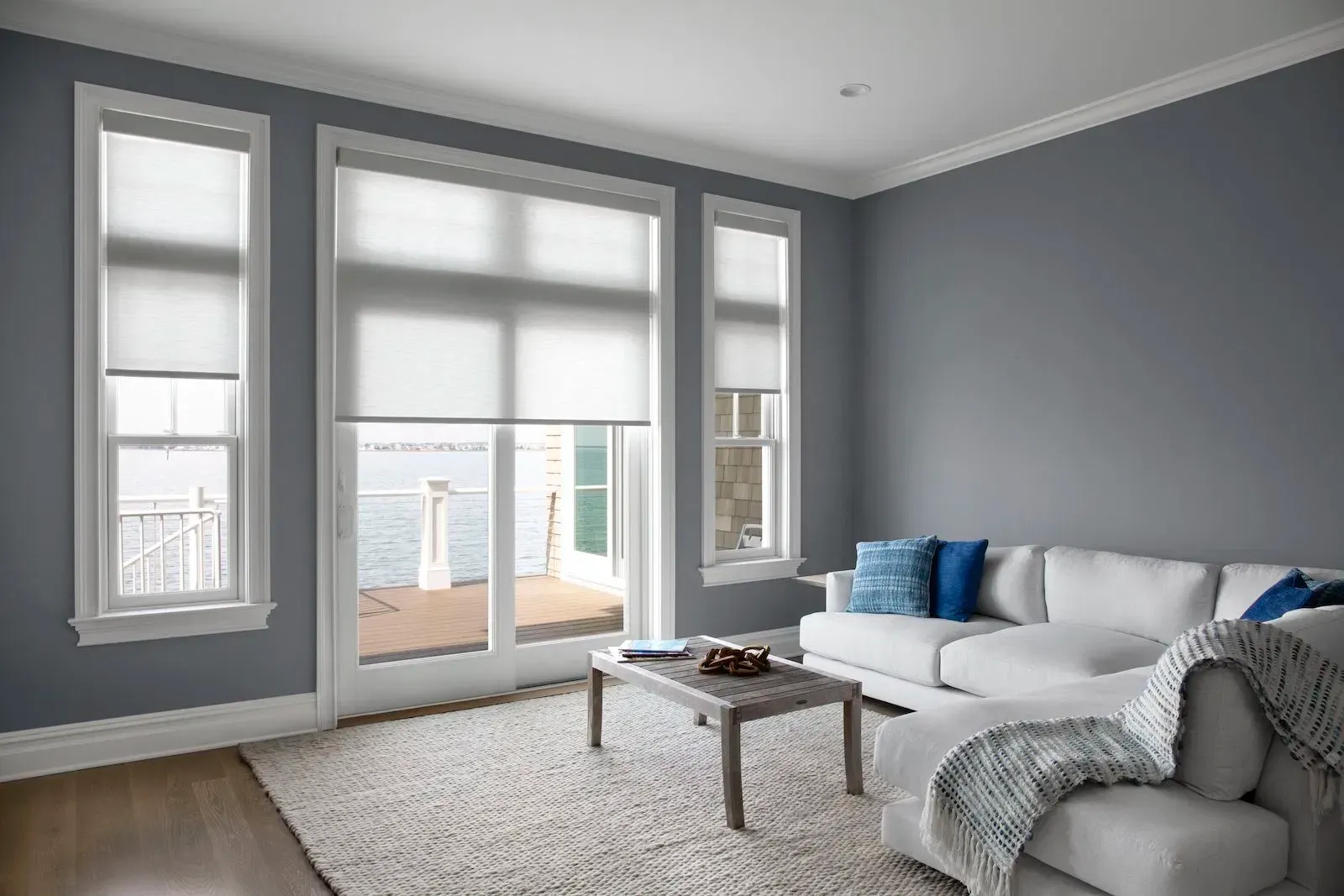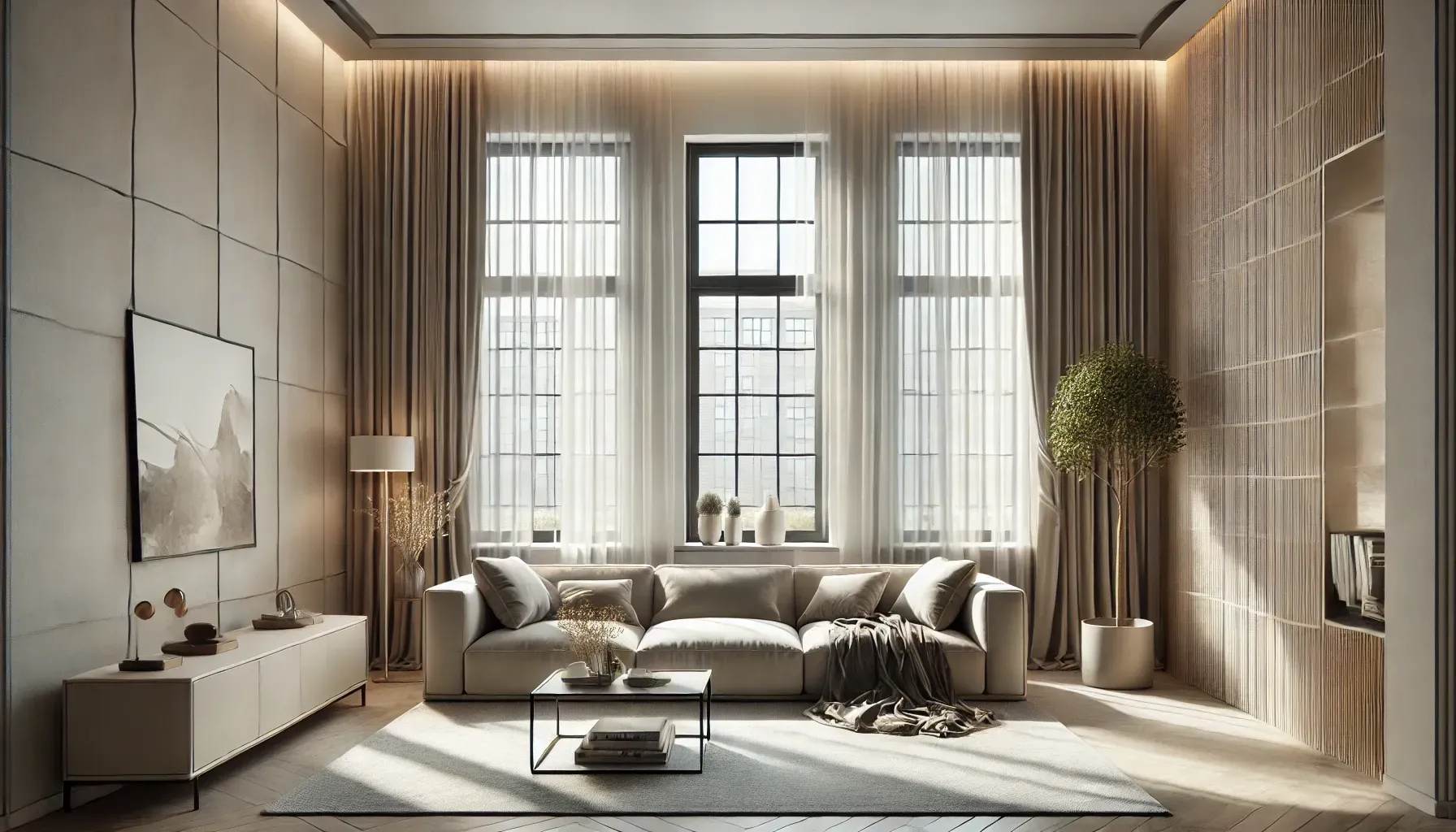Best Materials for Horizontal Soft Window Blinds
The best materials for horizontal soft window blinds include fabric, natural fibers like bamboo and jute, and faux fabric blends. These materials provide a balance of aesthetics, functionality, and durability, allowing homeowners and businesses to choose options that best suit their needs.
At Love Is Blinds AZ, we specialize in high-quality window treatments that combine style, comfort, and practicality. If you're looking to enhance your space with the best materials for horizontal soft window blinds, this guide will walk you through all the options available.
What Are Horizontal Soft Window Blinds?
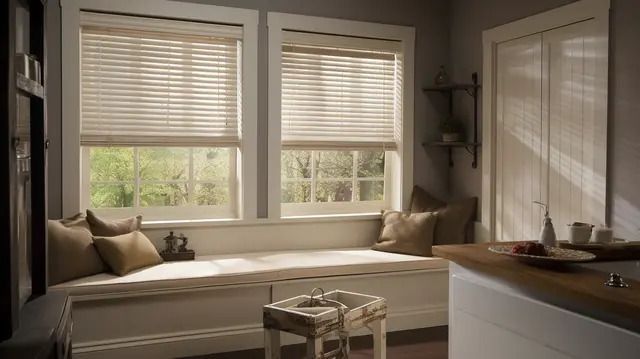
Horizontal soft window blinds are a popular alternative to traditional hard blinds, offering a more flexible and elegant approach to light control and privacy. Unlike metal or vinyl blinds, these soft blinds are made from fabric, woven wood, or synthetic materials that create a gentle and stylish look.
They are widely used in homes, offices, and commercial spaces because they provide better light diffusion, improved insulation, and a sophisticated aesthetic that suits various decor styles.
Types of Materials for Horizontal Soft Window Blinds
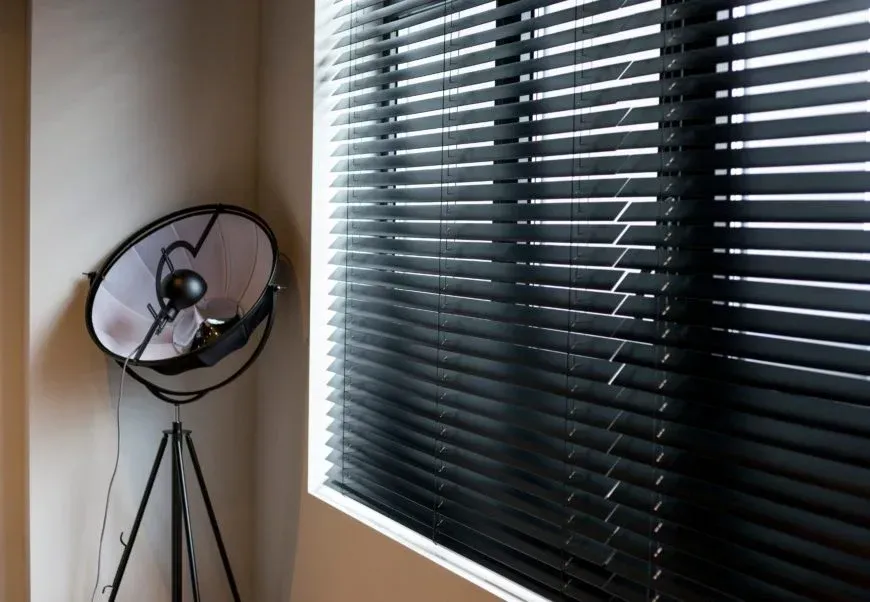
Fabric Blinds (Most Popular Soft Option)
Fabric blinds are the most common choice for horizontal soft window treatments due to their versatility and ability to complement any interior design.
Types of Fabric Used:
- Cotton – Lightweight and breathable, offering a natural look.
- Polyester – Durable and budget-friendly with a wide range of color options.
- Silk – Luxurious and elegant but requires careful maintenance.
- Linen – Textured and stylish, ideal for a relaxed and airy feel.
- Velvet – Adds depth and sophistication to formal spaces.
Advantages of Fabric Blinds:
- Softens the look of a room and adds warmth.
- Available in sheer, light-filtering, or blackout options.
- Can be motorized for convenience.
- Comes in various colors, patterns, and textures for customization.
Disadvantages:
- May fade over time with direct sun exposure.
- Can collect dust and require regular cleaning.
- Less durable in high-moisture environments.
Best Use Cases:
- Living rooms, bedrooms, offices, and any space needing a refined touch.
Natural Fiber Blinds (Eco-Friendly Choice)
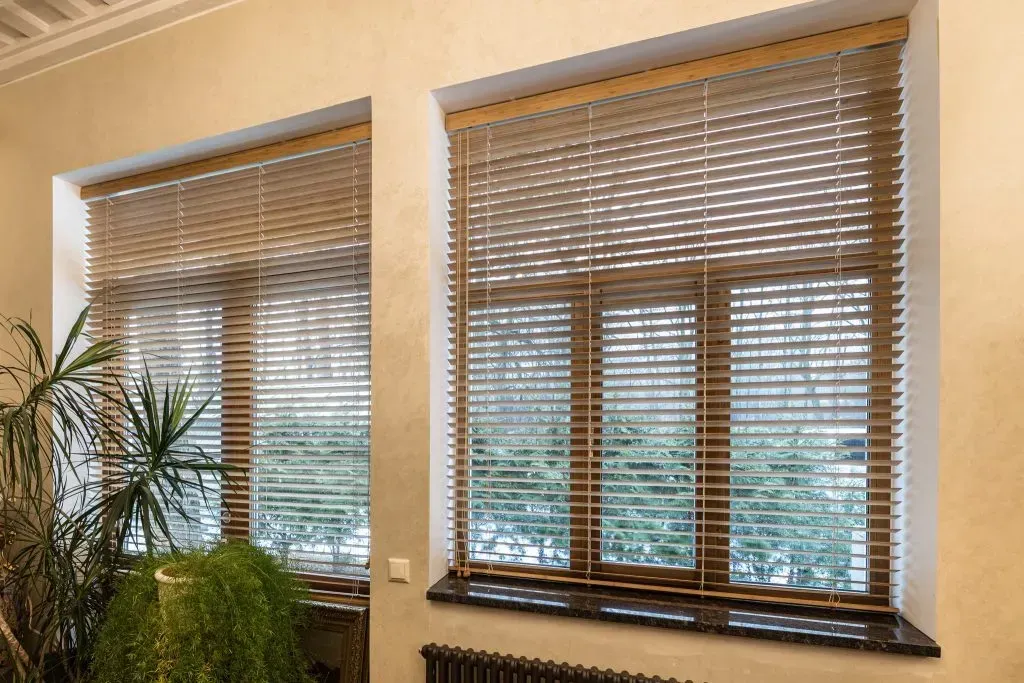
Natural fiber blinds provide an organic and sustainable window treatment option. They are handcrafted using renewable materials, making them a preferred choice for eco-conscious homeowners.
Common Natural Fiber Materials:
- Bamboo – Lightweight yet strong, offers a tropical aesthetic.
- Jute – Textured and breathable, perfect for boho-inspired interiors.
- Woven Grasses – Provides a soft, earthy feel while allowing some light to filter through.
Advantages of Natural Fiber Blinds:
- Made from sustainable and renewable resources.
- Adds warmth and texture to any space.
- Allows gentle light diffusion while maintaining privacy.
Disadvantages:
- Less durable than synthetic alternatives.
- Limited color variety compared to fabric or faux materials.
- Can be affected by humidity and may warp over time.
Best Use Cases:
- Ideal for rustic, coastal, or eco-friendly home designs.
Faux Fabric Blinds (Durable & Budget-Friendly Alternative)
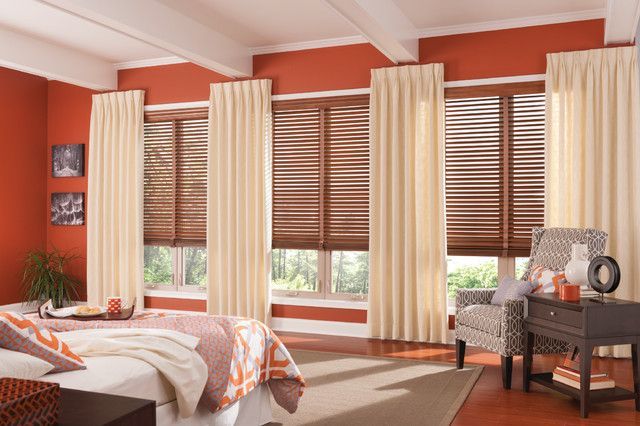
Faux fabric blinds combine the appearance of fabric with the durability of synthetic materials, making them an excellent choice for high-moisture areas.
Materials Used:
- Polyester Blends – Mimics natural fabric while being more stain-resistant.
- PVC-Coated Fabrics – Provides extra moisture resistance for durability.
Advantages of Faux Fabric Blinds:
- More durable and moisture-resistant than natural fabrics.
- Easy to clean and maintain.
- Cost-effective alternative to real fabric or natural fiber blinds.
Disadvantages:
- Lacks the exact softness and feel of real fabric.
- Some options may appear less authentic.
Best Use Cases:
- Kitchens, bathrooms, and high-humidity areas.
Factors to Consider When Choosing the Best Material
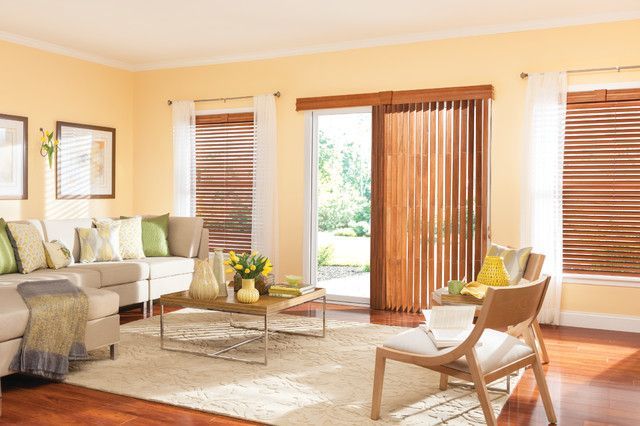
When selecting the best materials for horizontal soft window blinds, consider the following factors:
Aesthetics
The material you choose will significantly impact the overall look and feel of your space. Lighter fabrics create an airy, open ambiance, while darker or textured materials add depth and drama.
Durability
Different materials withstand wear and tear differently. If your blinds will be exposed to sunlight, moisture, or heavy use, opt for faux fabric or natural fibers that resist fading and damage.
Light Control & Privacy
Some materials allow more light filtration than others. Sheer fabrics let in natural light, while blackout options provide full privacy.
Maintenance
Consider how much upkeep each material requires. Fabric blinds may need regular dusting or vacuuming, while faux materials are easier to wipe clean.
Eco-Friendliness
For a
sustainable choice, opt for
natural fiber blinds made from bamboo or jute. Many modern blinds are also made from
recycled materials, reducing their environmental impact.
Innovative & Emerging Materials for Window Blinds
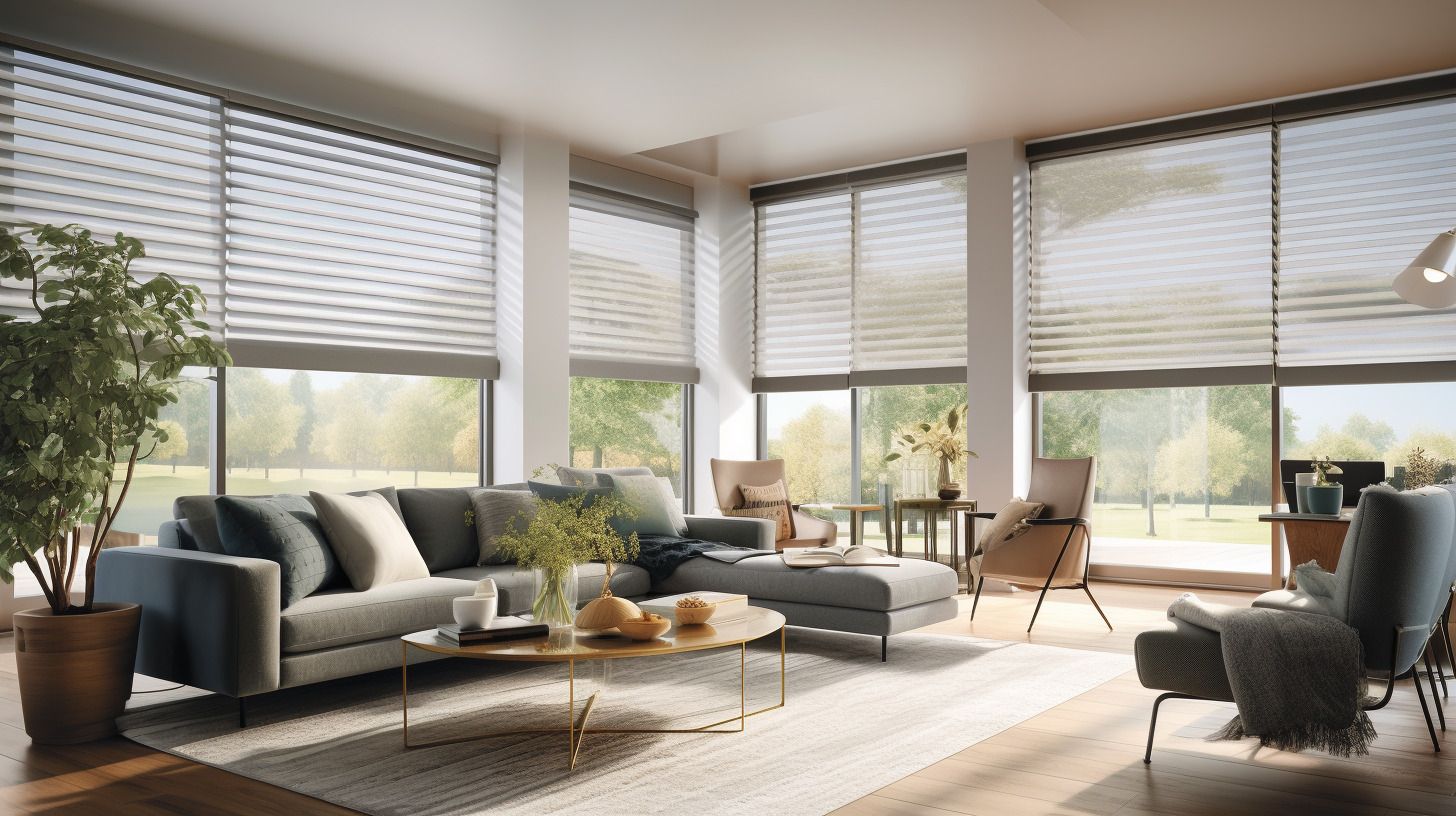
The window treatment industry is continuously evolving, with new materials and smart technologies enhancing blinds' functionality.
Smart Fabric Blinds
- Integrated with motorized systems for remote control.
- Can be connected to smart home devices for automated adjustment.
Solar & UV-Resistant Blinds
- Helps reduce heat absorption, keeping indoor spaces cooler.
- Protects furniture and flooring from sun damage.
Recycled & Sustainable Blinds
- Made from post-consumer plastic and eco-friendly fabrics.
- Great for those prioritizing green living.
Customization Options for Soft Window Blinds
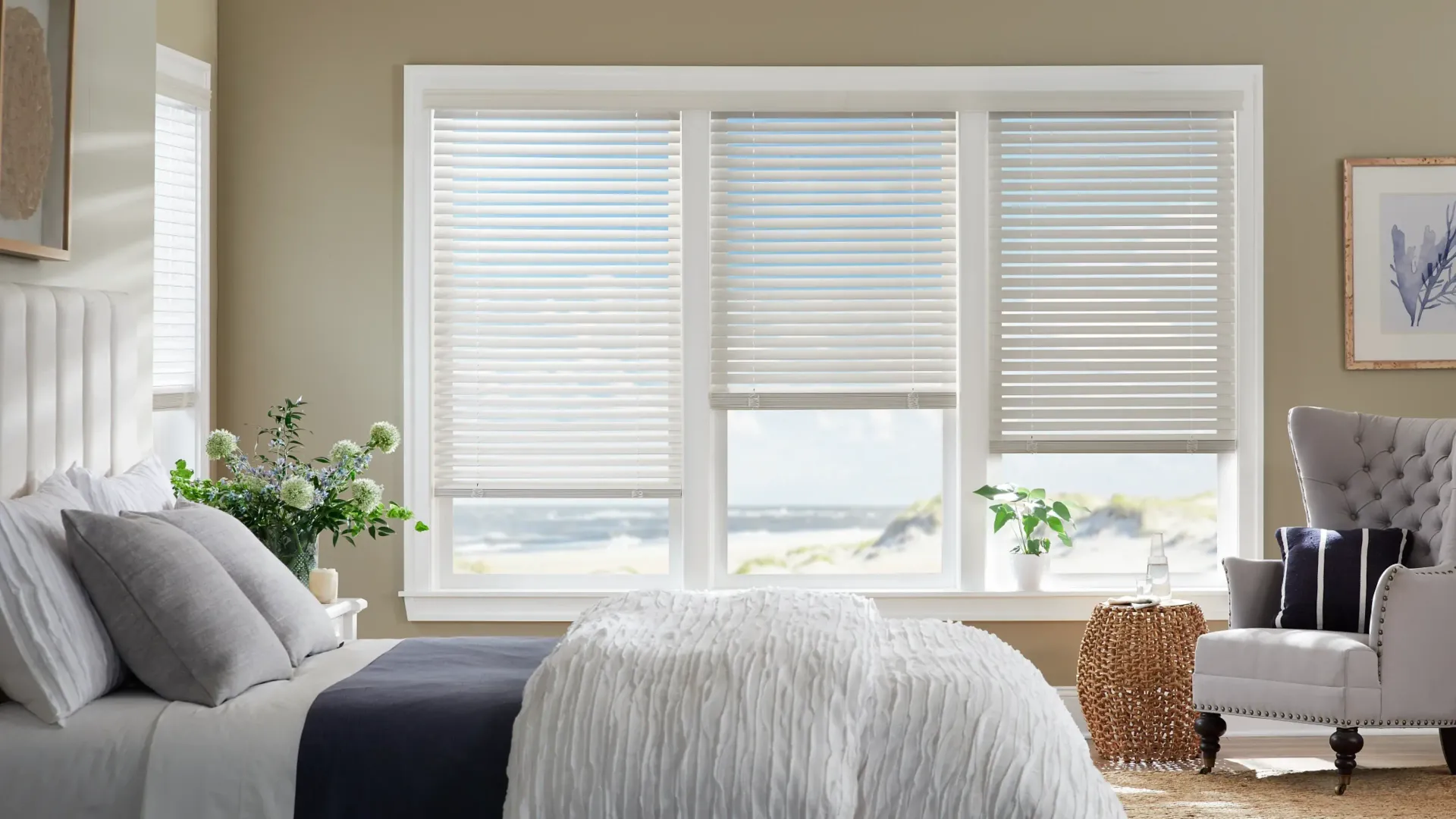
Love Is Blinds AZ offers extensive customization for soft window blinds, including:
- Color and Pattern Choices – Match your blinds to your interior decor.
- Motorization – Opt for smart, remote-controlled blinds for convenience.
- Dual Layers – Combine sheer and blackout layers for versatile light control.
For a truly personalized touch, explore Custom Blinds & Shutters to find the perfect fit for your space.
Maintenance & Cleaning Tips for Soft Blinds
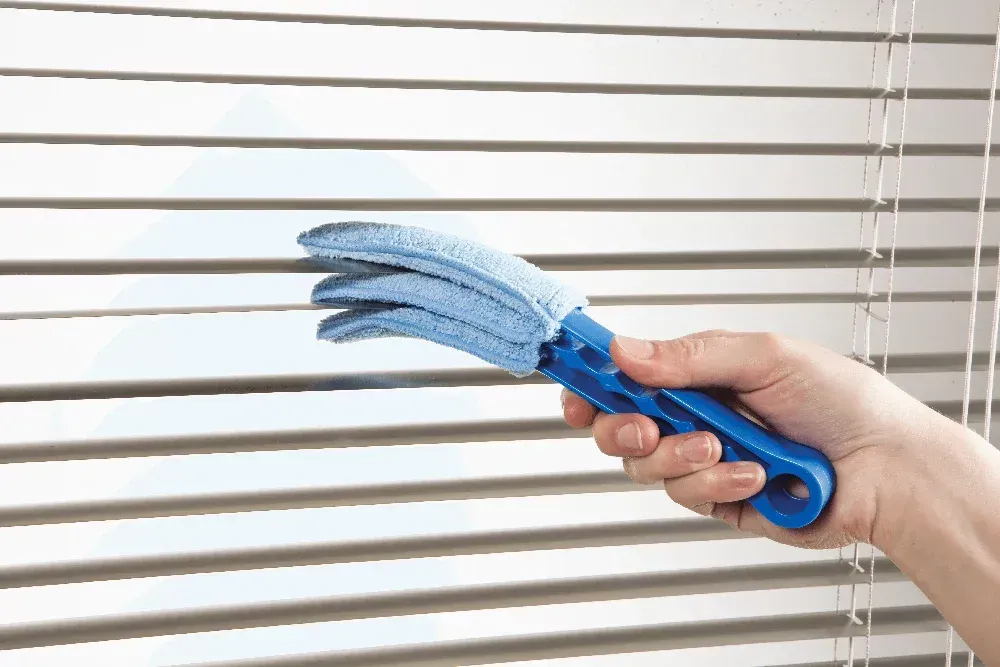
- Fabric Blinds: Use a vacuum with a brush attachment or spot-clean with mild detergent.
- Natural Fiber Blinds: Dust regularly and avoid excessive moisture exposure.
- Faux Fabric Blinds: Wipe down with a damp cloth for easy maintenance.
Conclusion
The best materials for horizontal soft window blinds depend on your specific needs, lifestyle, and aesthetic preferences:
- Fabric Blinds – Best for elegance and softness.
- Natural Fiber Blinds – Best for eco-friendly and textured designs.
- Faux Fabric Blinds – Best for durability and easy maintenance.
At Love Is Blinds AZ, we help you find the perfect window treatments tailored to your space. Whether you're looking for luxurious fabric blinds, sustainable natural fibers, or practical faux fabric options, we have the right solution for you. Contact us today to explore our extensive collection and elevate your home with stylish, functional window blinds!

